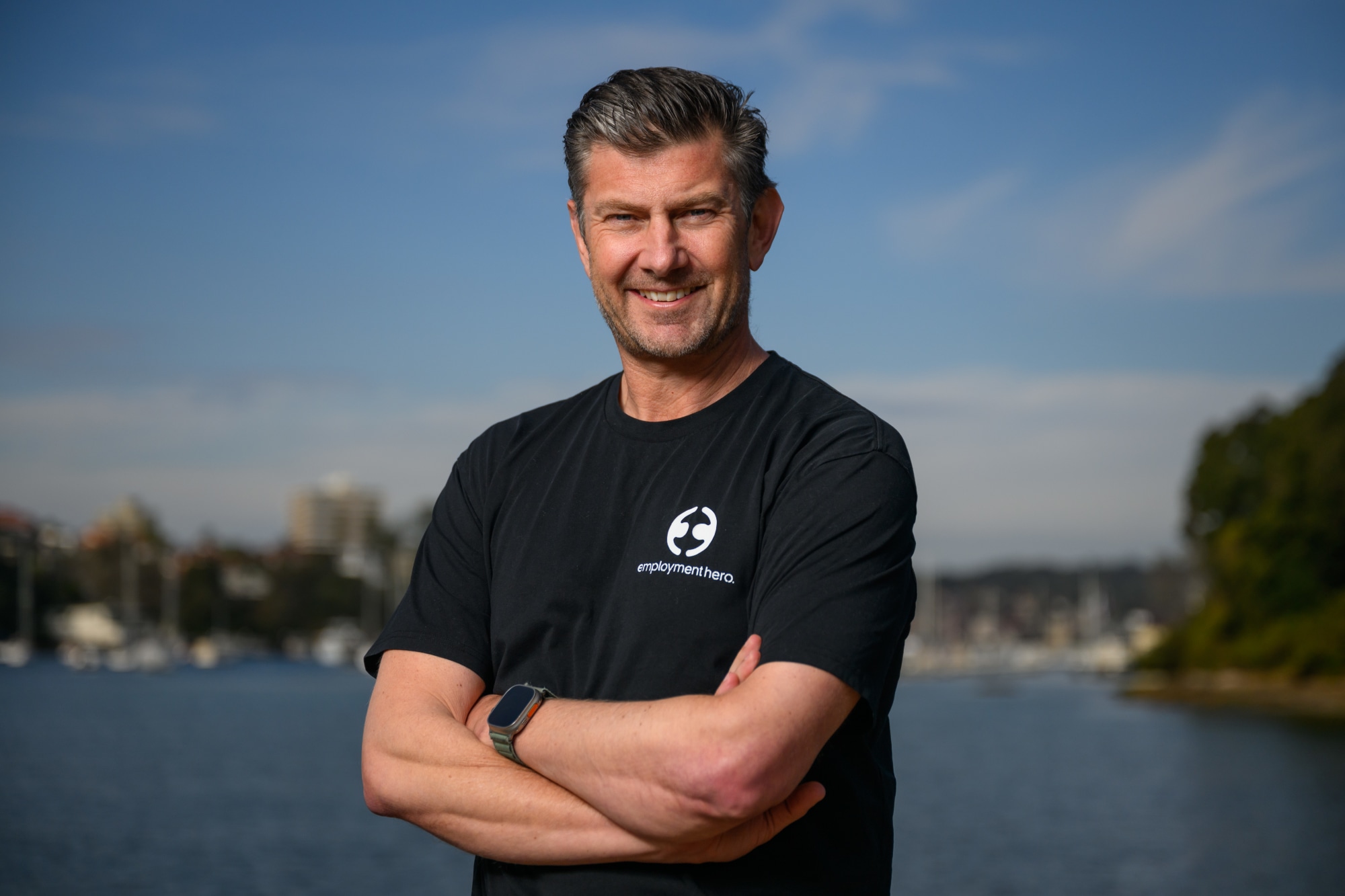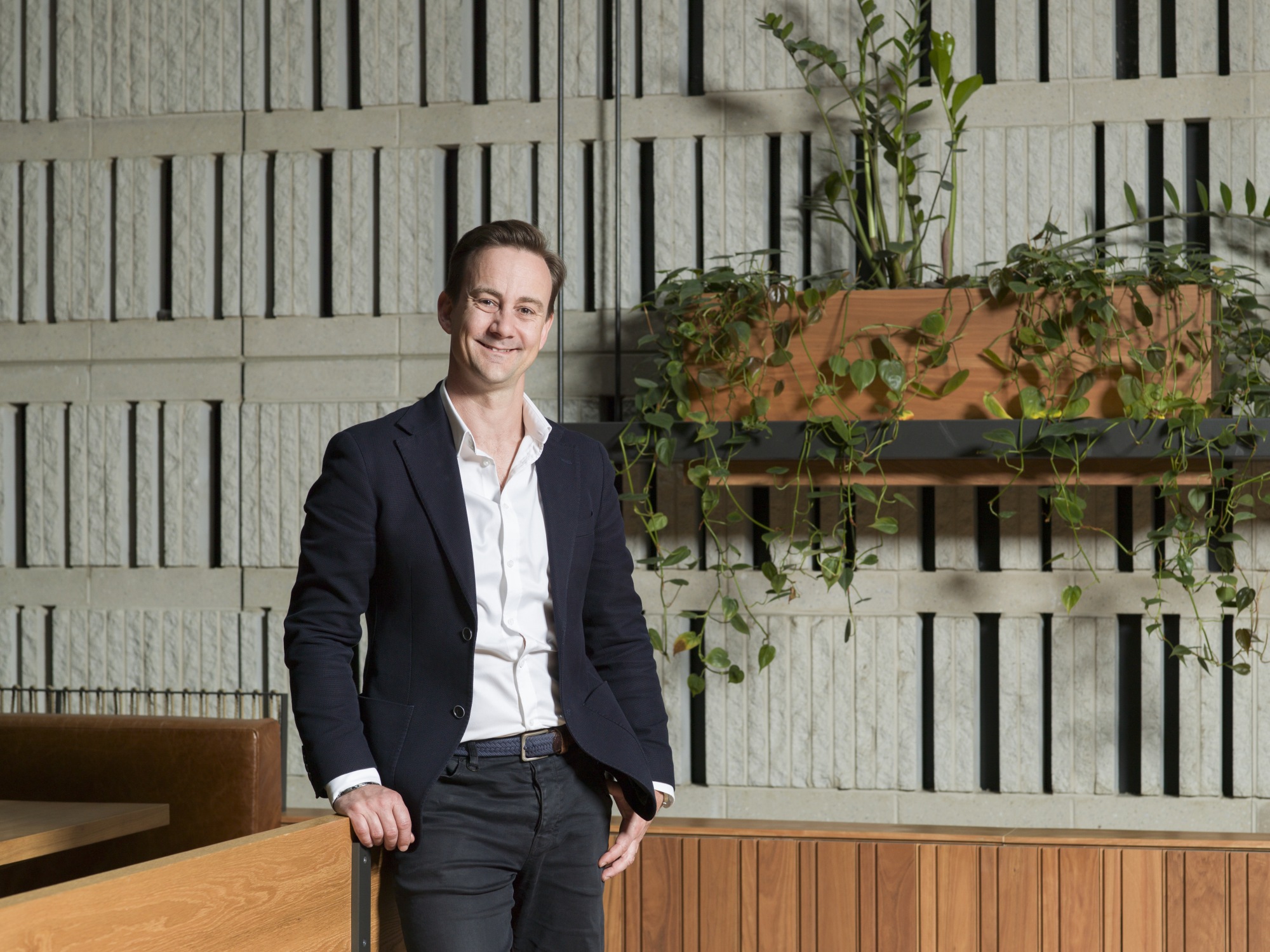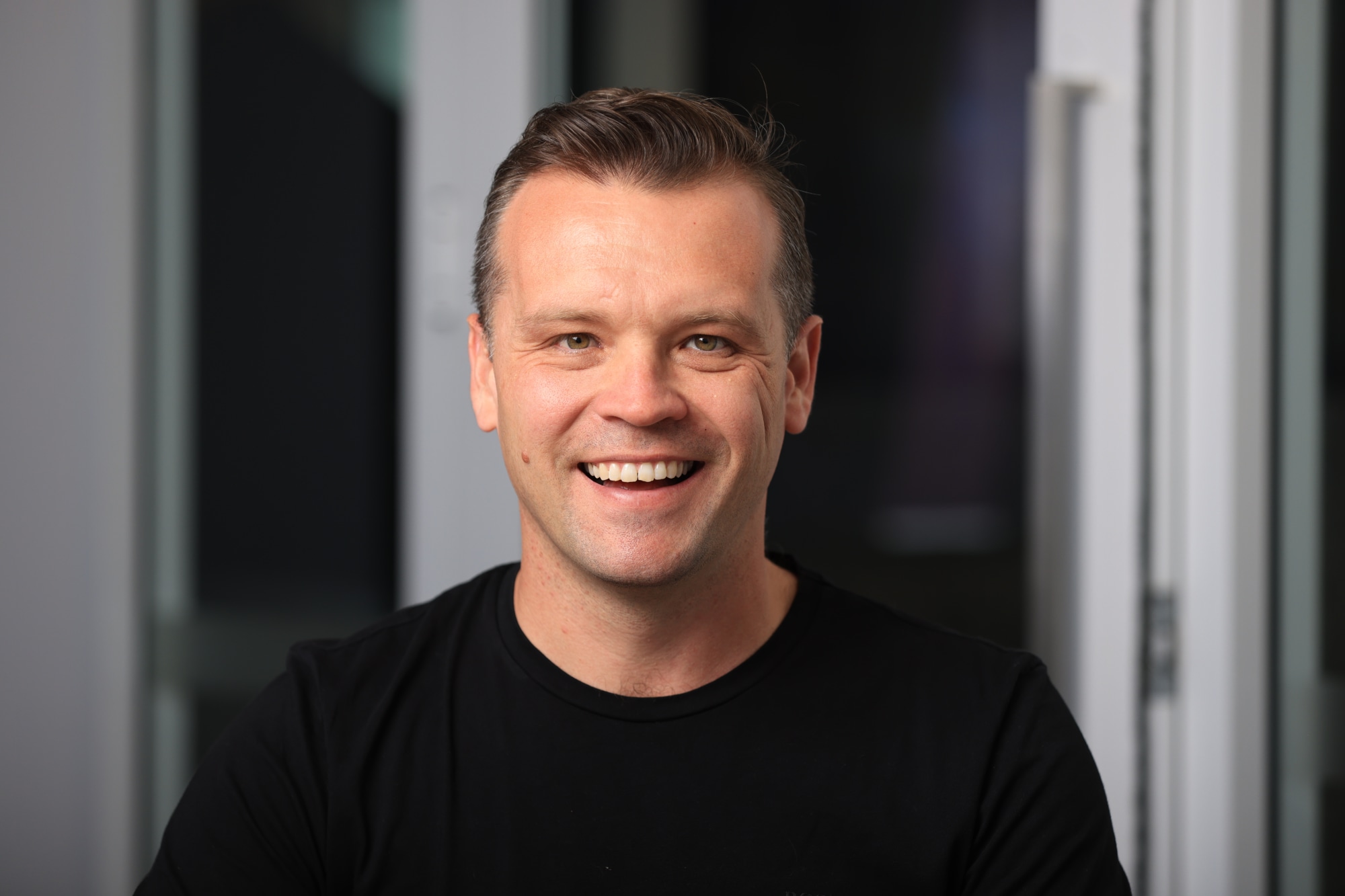Retirement
Can accessing superannuation early close the retirement gap?
Indigenous people should be able to get earlier access to super and have slashed tax penalties to help close the retirement gap, according to a study.
Can accessing superannuation early close the retirement gap?
Indigenous people should be able to get earlier access to super and have slashed tax penalties to help close the retirement gap, according to a study.

A report released by the Bankwest Curtin Economics Centre (BCEC) and UniSuper has discussed how the superannuation model of accumulation is appropriate for Aboriginal and Torres Strait Islander people.
The report found that the average Indigenous man was found to accumulate a superannuation balance of $308,000 by the age of 65 (37 per cent less compared with $483,000 for non-Indigenous men).
The gap between Indigenous women and their non-Indigenous counterparts was 35 per cent, with Indigenous women being likely to have accumulated $205,000 by 65.
To add to the retirement divide, Aboriginal and Torres Strait Islander people have lower life expectancies.

The report outlined a number of recommendations for the superannuation sector to help close this gap, including an industry standard identifying Indigenous members, requiring funds to report through the Australian Superannuation Fund Association (ASFA) on outcomes for Indigenous clients (including average balances and the number of multiple and lost accounts) and to give targeted support for Indigenous people with their super.
It also recommended changing the preservation age for Aboriginal and Torres Strait Islander Australians, arguing they should be able to access their super from age 50 on the same conditions that other Australians can do so at age 65.
As estimated by the ABS in 2019, the life expectancy for Indigenous men is 8.6 years lower than that for their non-Indigenous peers (71.6 years compared with 80.2). For women, the gap is 7.8 years (75.6 compared with 83.4).
Professor Michael Dockery from BCEC, who was the lead report author, said not being able to access super early was one of the key issues raised by Indigenous group participants in the study.
“There was clear agreement among participants that the superannuation preservation age should be lower for Aboriginal and Torres Strait Islander Australians due to lower life expectancy,” Professor Dockery said.
“The current system benefits those who are employed for a long period of time, those who have higher earnings and home owners.”
ASFA has also been called on in the report to work with the Indigenous Superannuation Working Group and the government to identify ways of amending legislation to relax hardship conditions for early access to super for Indigenous people, including easing the associated costs and tax penalties.
For Indigenous people who experience lower life expectancies, lower home ownership rates and lower labour force attachments and earnings over their lifetimes, the conditions around accessing super create a “huge disadvantage”, Professor Dockery said.
“Removing these penalties and giving Indigenous Australians early access to their superannuation funds would help to improve retirement outcomes for the Indigenous population and create a fairer, more balanced system for all,” he said.
UniSuper chief executive Kevin O’Sullivan said his fund’s Aboriginal and Torres Strait Islander Super Working Group has shown that “educational outcomes leading to wage disparities, increased health challenges and lower life expectancies all contribute to fewer opportunities for Indigenous members” under the super system.
“So if we know these disparities exist, we need to collectively do something about it,” Mr O’Sullivan said.
Did you enjoy this article? You may also be interested in:
- Is Now an ideal time to top up your superannuation
- Jones calls to end the war on super
- IMF predicts Australia to yoyo out of recession
About the author

About the author


Superannuation
Industry leaders weigh in on concessional super tax as Budget confirms $55bn investment
Changes to the taxation of superannuation earnings and contributions have drawn mixed responses from financial and payroll sector leaders, as the Federal Budget confirms over $55 billion in ...Read more

Superannuation
Call for indexation on super tax cap as $3m threshold draws criticism
A senior executive in the superannuation technology sector has criticised the Federal Government for failing to index the proposed $3 million superannuation tax cap, arguing the measure will unfairly ...Read more

Superannuation
Rest members back calls for fairer superannuation rules ahead of Federal Budget
Rest has called on the Federal Government to implement superannuation reforms aimed at improving fairness across the system, after member survey results showed strong support for a range of proposed ...Read more

Superannuation
Rest welcomes progress on ‘Payday Super’ reform
Rest, one of Australia’s largest profit-to-member superannuation funds, has welcomed the Australian Government’s release of draft ‘Payday Super’ legislation, which aims to align Superannuation ...Read more

Superannuation
SuperAPI and Humanforce partner to improve superannuation compliance for one million Australians
Superannuation engagement platform SuperAPI has partnered with human capital management provider Humanforce to streamline payroll and superannuation contributions for more than one million Australian ...Read more

Superannuation
Rest super fund reports 11.19 per cent return for 2024
Rest superannuation fund delivered an 11.19 per cent return in its MySuper Growth investment option for calendar year 2024, marking two consecutive years of positive returns. Read more

Superannuation
Actuaries propose three-tier superannuation tax reform
The Actuaries Institute has outlined major reforms to Australia's $4.1 trillion superannuation system, proposing uniform tax rates and new levies on high retirement withdrawals. Read more

Superannuation
Survey reveals Australians' reliance on superannuation for retirement
A new survey by AustralianSuper has found that only 32% of Australians believe they could save for retirement without compulsory superannuation. Read more

Superannuation
Industry leaders weigh in on concessional super tax as Budget confirms $55bn investment
Changes to the taxation of superannuation earnings and contributions have drawn mixed responses from financial and payroll sector leaders, as the Federal Budget confirms over $55 billion in ...Read more

Superannuation
Call for indexation on super tax cap as $3m threshold draws criticism
A senior executive in the superannuation technology sector has criticised the Federal Government for failing to index the proposed $3 million superannuation tax cap, arguing the measure will unfairly ...Read more

Superannuation
Rest members back calls for fairer superannuation rules ahead of Federal Budget
Rest has called on the Federal Government to implement superannuation reforms aimed at improving fairness across the system, after member survey results showed strong support for a range of proposed ...Read more

Superannuation
Rest welcomes progress on ‘Payday Super’ reform
Rest, one of Australia’s largest profit-to-member superannuation funds, has welcomed the Australian Government’s release of draft ‘Payday Super’ legislation, which aims to align Superannuation ...Read more

Superannuation
SuperAPI and Humanforce partner to improve superannuation compliance for one million Australians
Superannuation engagement platform SuperAPI has partnered with human capital management provider Humanforce to streamline payroll and superannuation contributions for more than one million Australian ...Read more

Superannuation
Rest super fund reports 11.19 per cent return for 2024
Rest superannuation fund delivered an 11.19 per cent return in its MySuper Growth investment option for calendar year 2024, marking two consecutive years of positive returns. Read more

Superannuation
Actuaries propose three-tier superannuation tax reform
The Actuaries Institute has outlined major reforms to Australia's $4.1 trillion superannuation system, proposing uniform tax rates and new levies on high retirement withdrawals. Read more

Superannuation
Survey reveals Australians' reliance on superannuation for retirement
A new survey by AustralianSuper has found that only 32% of Australians believe they could save for retirement without compulsory superannuation. Read more








